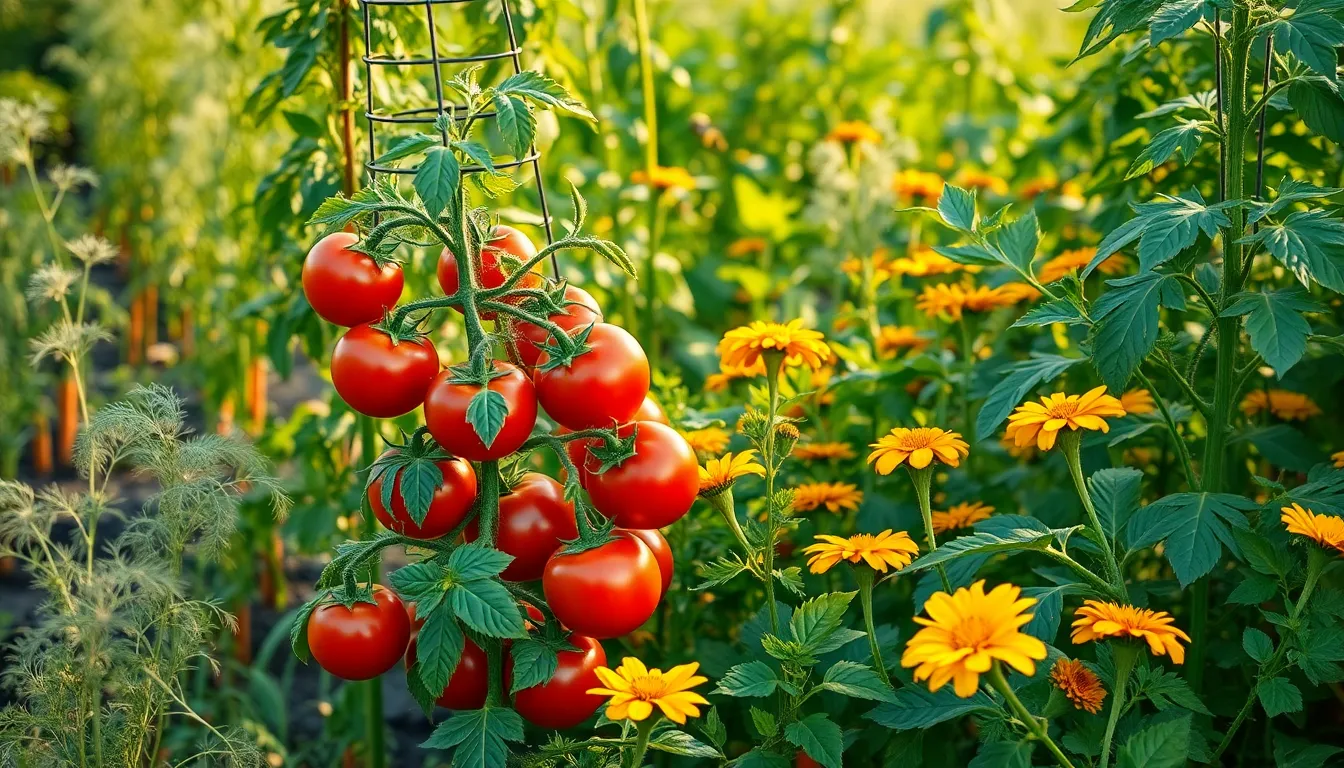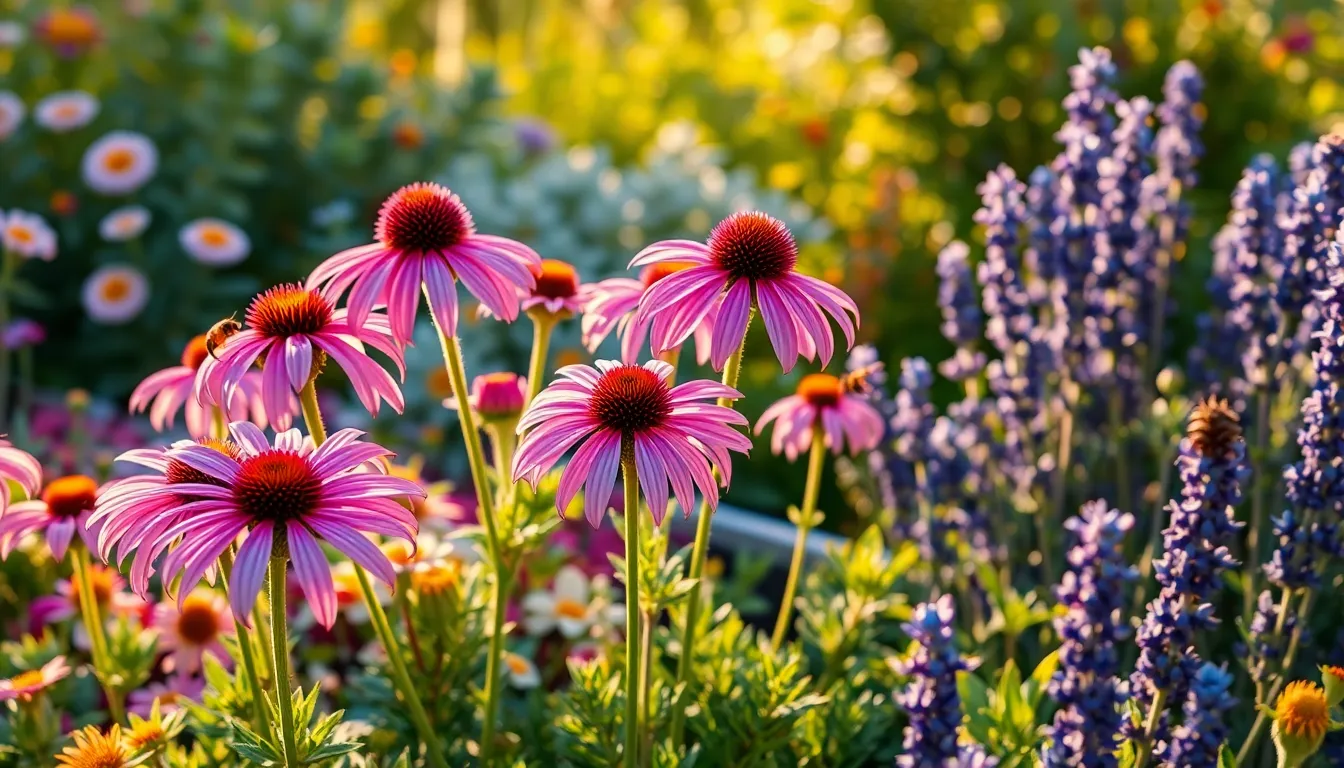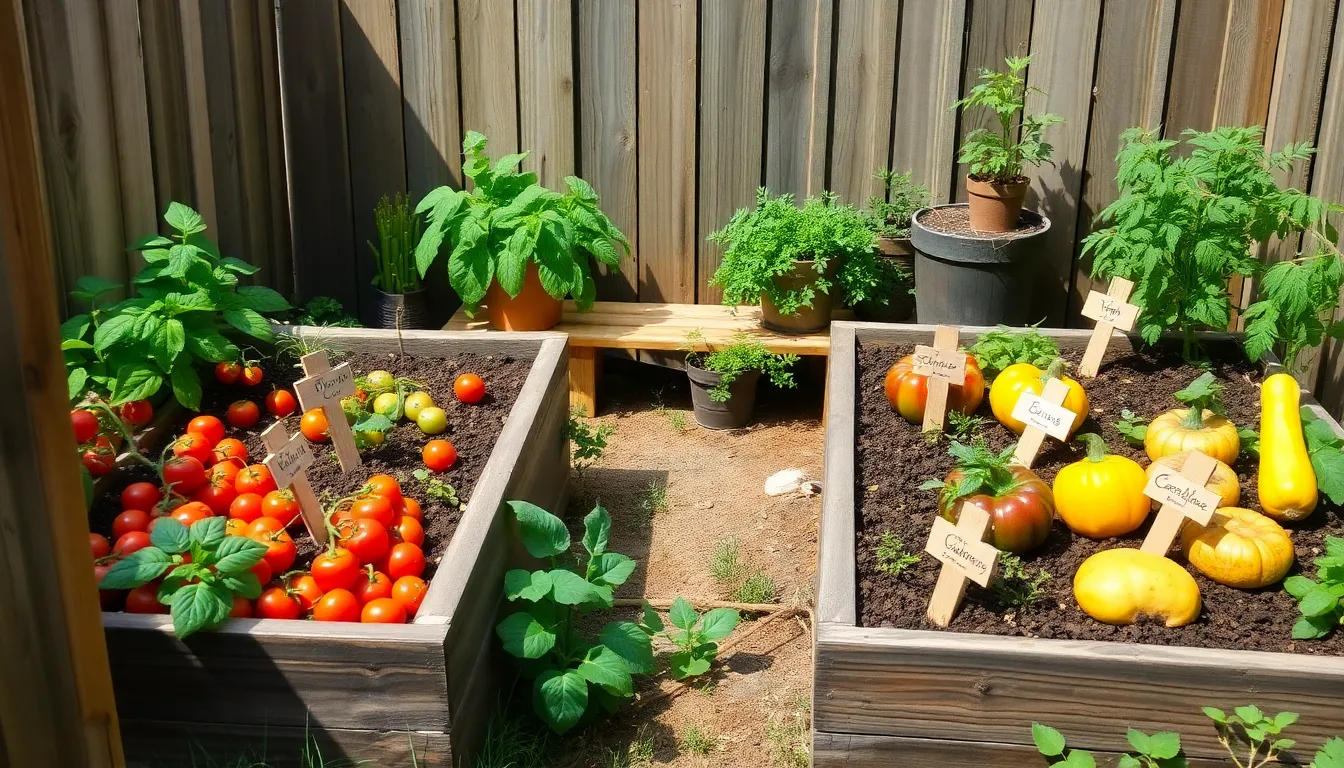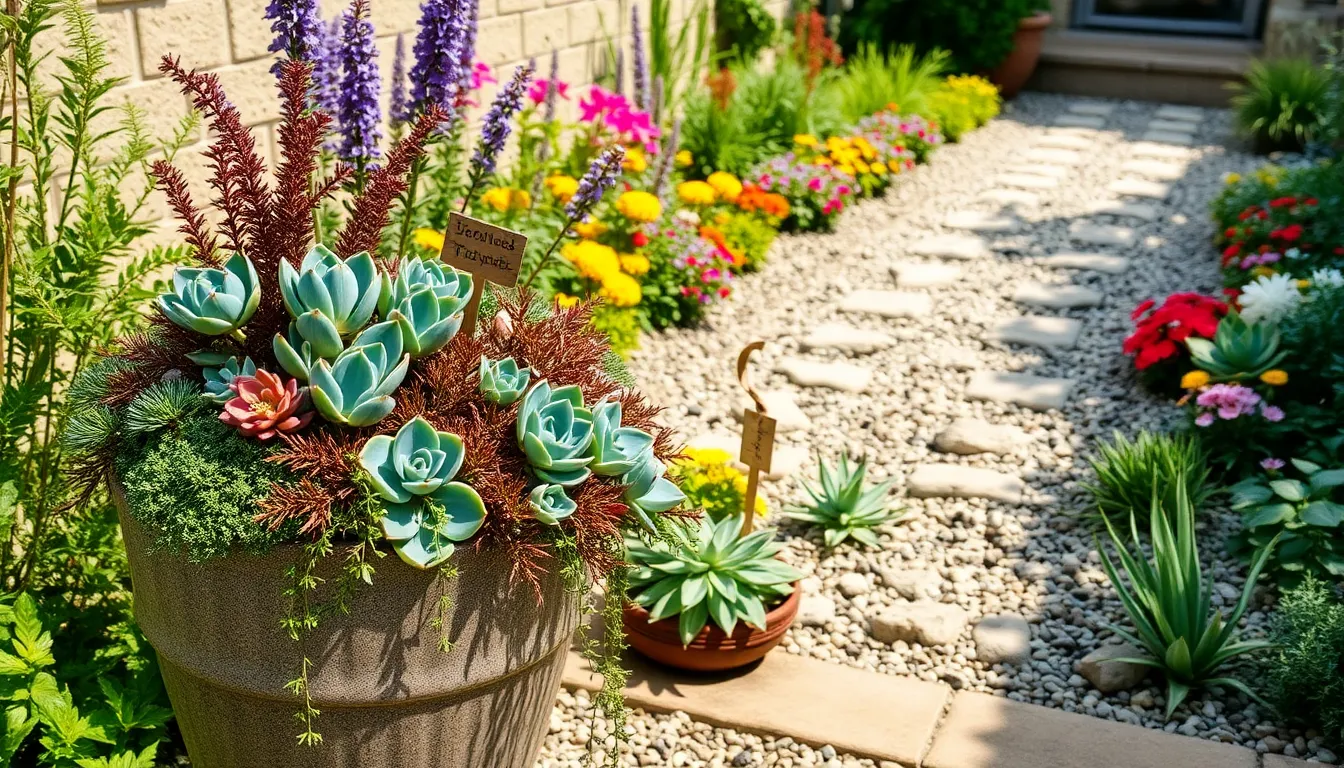Imagine a garden where plants not only thrive but also work together harmoniously, boosting each other’s growth and vigor. Welcome to the world of companion planting, a time-honored practice that transforms your garden into a flourishing ecosystem, rich with biodiversity and productivity. Whether you’re just starting out with a few pots on a balcony or managing a sprawling vegetable patch, companion planting can offer you new insights and rewards. It allows every gardener, from the novice to the seasoned expert, to cultivate a more abundant harvest by understanding and utilizing the natural relationships between plants.
In the pages that follow, we’ll explore the fascinating dynamics of companion planting and how you can apply these principles to your own garden. You’ll learn which plants make the best companions, how they can deter pests, attract beneficial insects, and even enhance each other’s flavors. This article will guide you through the basics of plant partnerships and provide practical tips for integrating these strategies into your gardening routine. With the right combinations, your garden will not only yield more produce but also become a healthier and more resilient environment.
The beauty of companion planting lies in its simplicity and effectiveness, opening doors to a more sustainable gardening practice. As we delve deeper, you’ll discover how this approach can reduce the need for chemical inputs, making your garden safer for you and the planet. By the end of this article, you’ll feel empowered to harness the power of nature’s alliances, transforming your gardening experience and reaping the benefits of better yields. Whether you’re looking to boost your harvest or simply cultivate a more harmonious garden, companion planting is a strategy that welcomes all with open arms.
Identify Compatible Plant Pairings
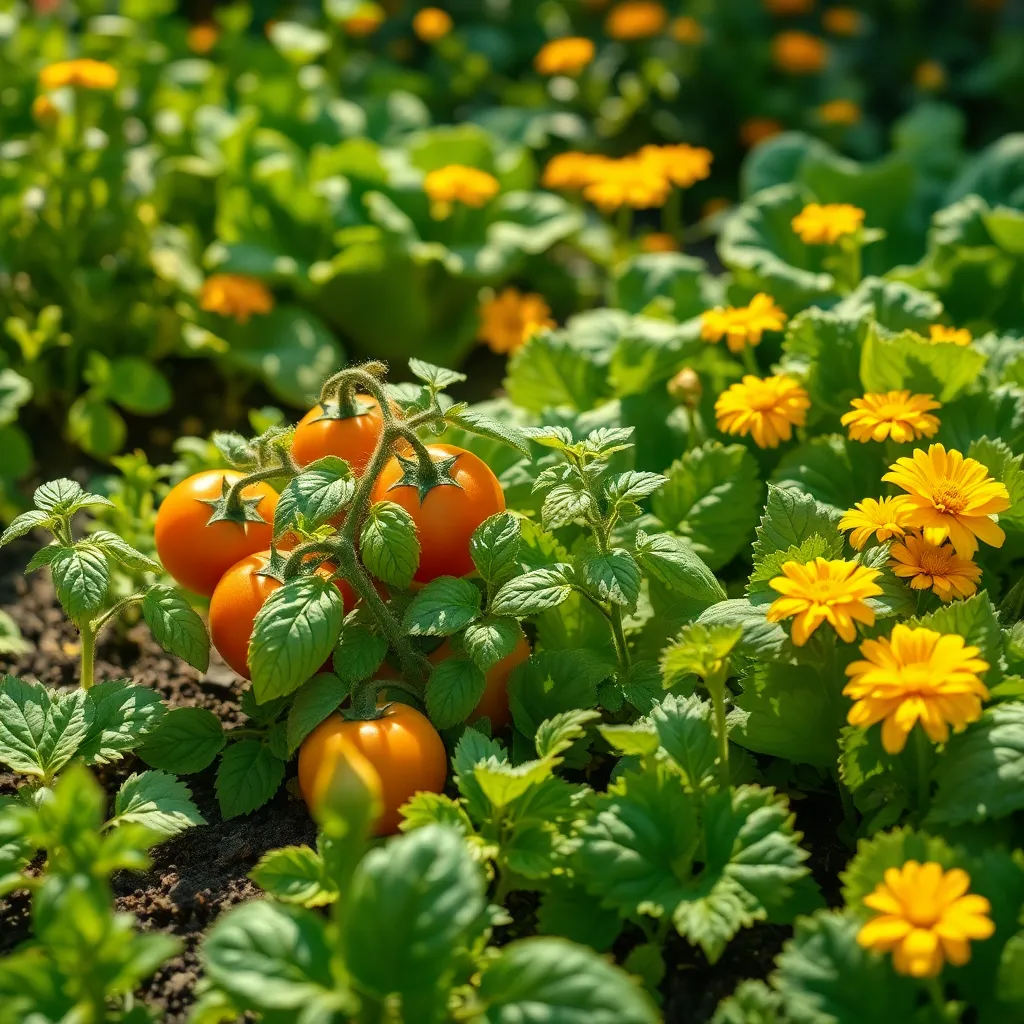
Companion planting involves selecting plants that benefit each other when grown together. For instance, pairing tomatoes with basil can enhance the flavor of your tomatoes while also helping to deter pests.
Another excellent pairing is carrots and onions; the strong scent of onions can help repel carrot flies. To maximize benefits, ensure both plants have well-drained soil and are watered consistently, but not excessively.
For gardeners looking to boost soil health, consider planting legumes like peas or beans alongside corn. These legumes fix nitrogen in the soil, providing essential nutrients that corn needs for robust growth.
Experienced gardeners can explore advanced pairings like strawberries and borage, which can deter pests and attract pollinators. Ensure strawberries have full sun exposure and borage is planted nearby in slightly shaded spots to thrive.
Design Your Planting Layout
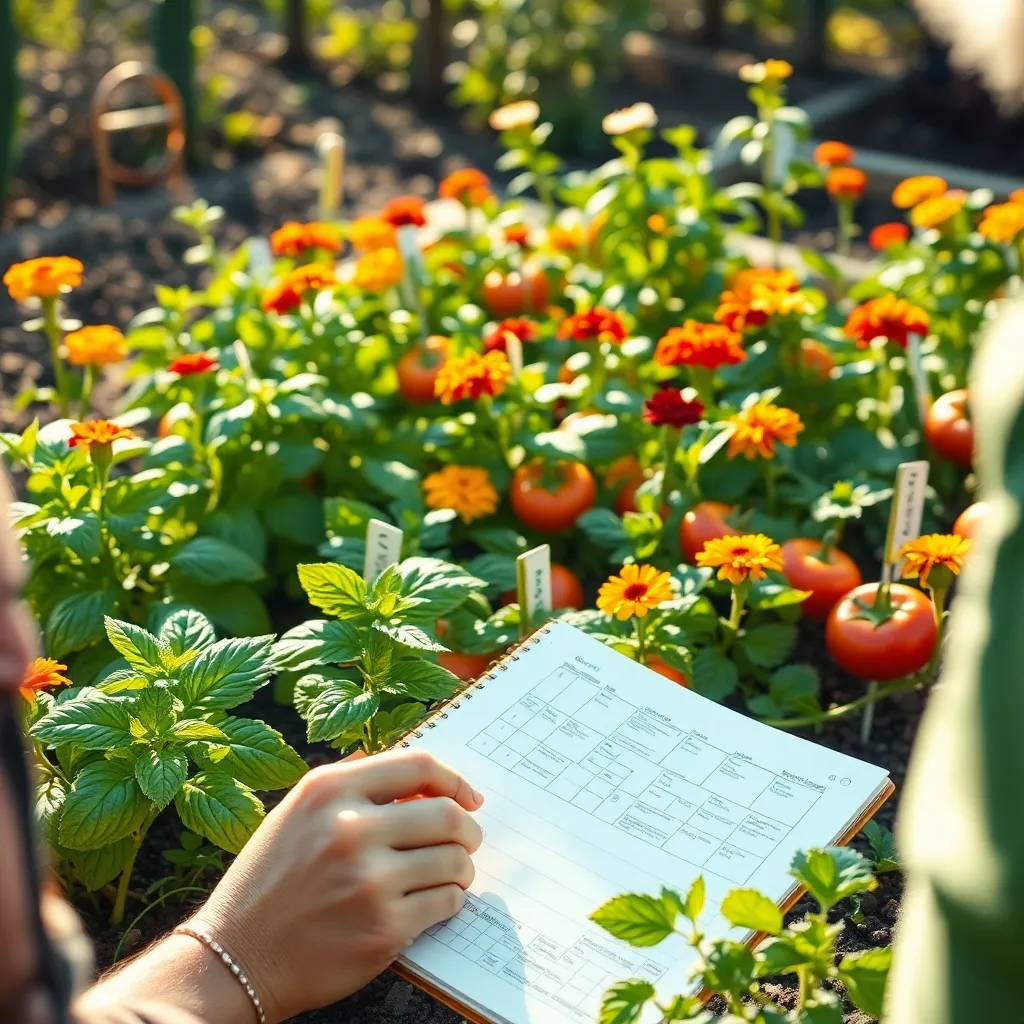
When designing your planting layout, it’s essential to consider the light, water, and soil requirements of each plant. Group plants with similar needs together to simplify care and maximize growth potential.
Start by sketching a rough layout of your garden bed to visualize where each plant will go. This helps ensure that taller plants won’t overshadow shorter ones, allowing every plant to receive adequate sunlight.
Incorporate pathways or stepping stones to maintain easy access for maintenance and harvesting without compacting the soil. Compact soil can hinder root development and water absorption, so maintaining good soil structure is crucial.
Consider planting in blocks rather than rows to create a more efficient use of space and promote healthier plant growth. Blocks can also enhance the garden’s aesthetic appeal and make it easier to implement companion planting strategies.
For beginners, start with a few basic combinations like tomatoes with basil or carrots with onions. These pairings not only promote growth but can also deter pests, reducing the need for chemical interventions.
Advanced gardeners might experiment with more complex layouts, such as incorporating flowering plants to attract beneficial insects. These insects can help with pollination and pest control, enhancing overall garden health.
Keep the soil nutrient-rich by rotating crops and adding compost regularly. This practice prevents nutrient depletion and maintains soil fertility, ensuring your plants thrive year-round.
Prepare Soil with Nutrients
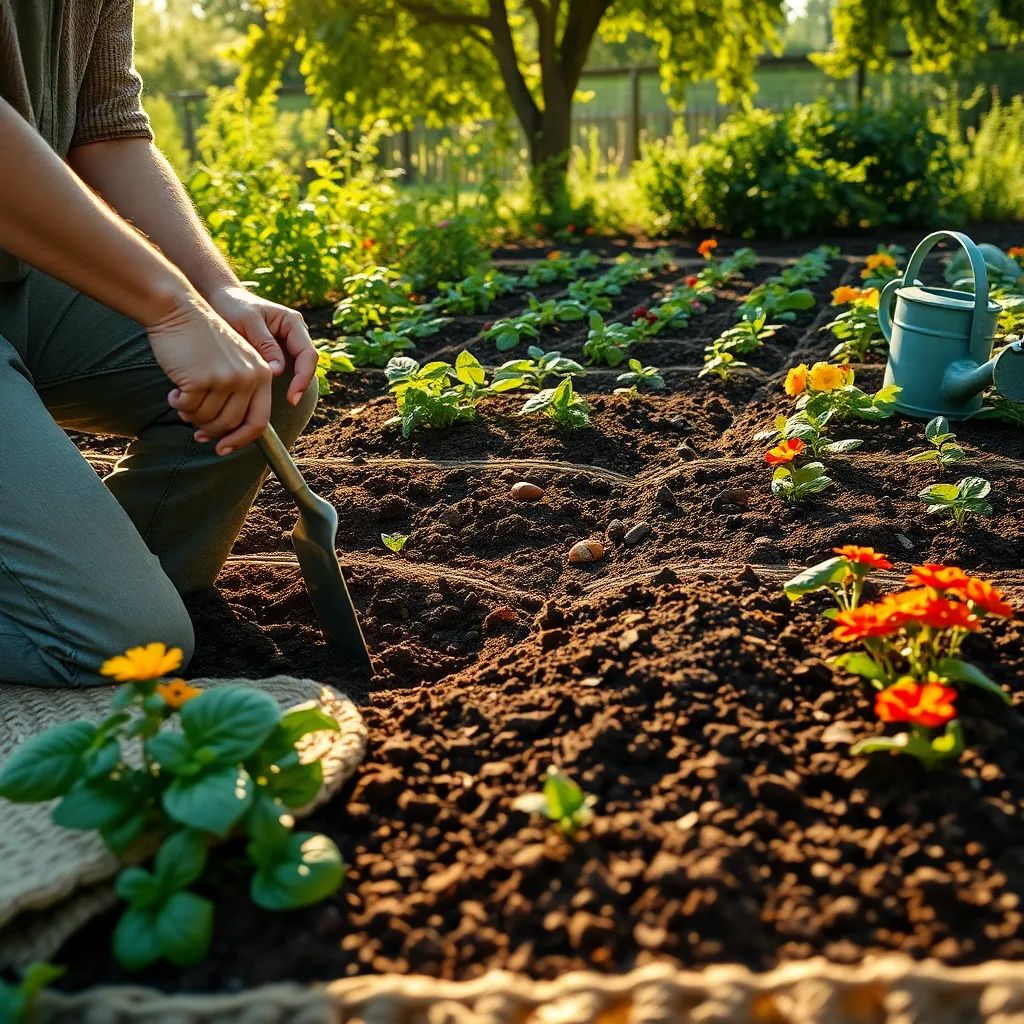
To ensure your companion planting is successful, it’s crucial to prepare the soil with the right nutrients. Start by testing your soil to determine its pH and nutrient levels; this will help you understand what amendments are necessary.
Once you’ve identified the soil’s needs, incorporate organic matter such as compost or well-rotted manure to improve soil structure and fertility. These materials not only provide essential nutrients but also enhance the soil’s ability to retain moisture, which is particularly beneficial for drought-sensitive plants.
Consider using a balanced organic fertilizer to provide a steady supply of nutrients throughout the growing season. Apply fertilizer according to the package instructions, being careful not to over-fertilize, as this can harm plants and reduce beneficial microbial activity in the soil.
For advanced gardeners, rotating crops and using cover crops in the off-season can further enrich the soil. Cover crops like clover or rye add organic matter and fix nitrogen, which benefits nutrient-demanding plants like tomatoes and peppers when planted in the next season.
Monitor Plant Growth Regularly
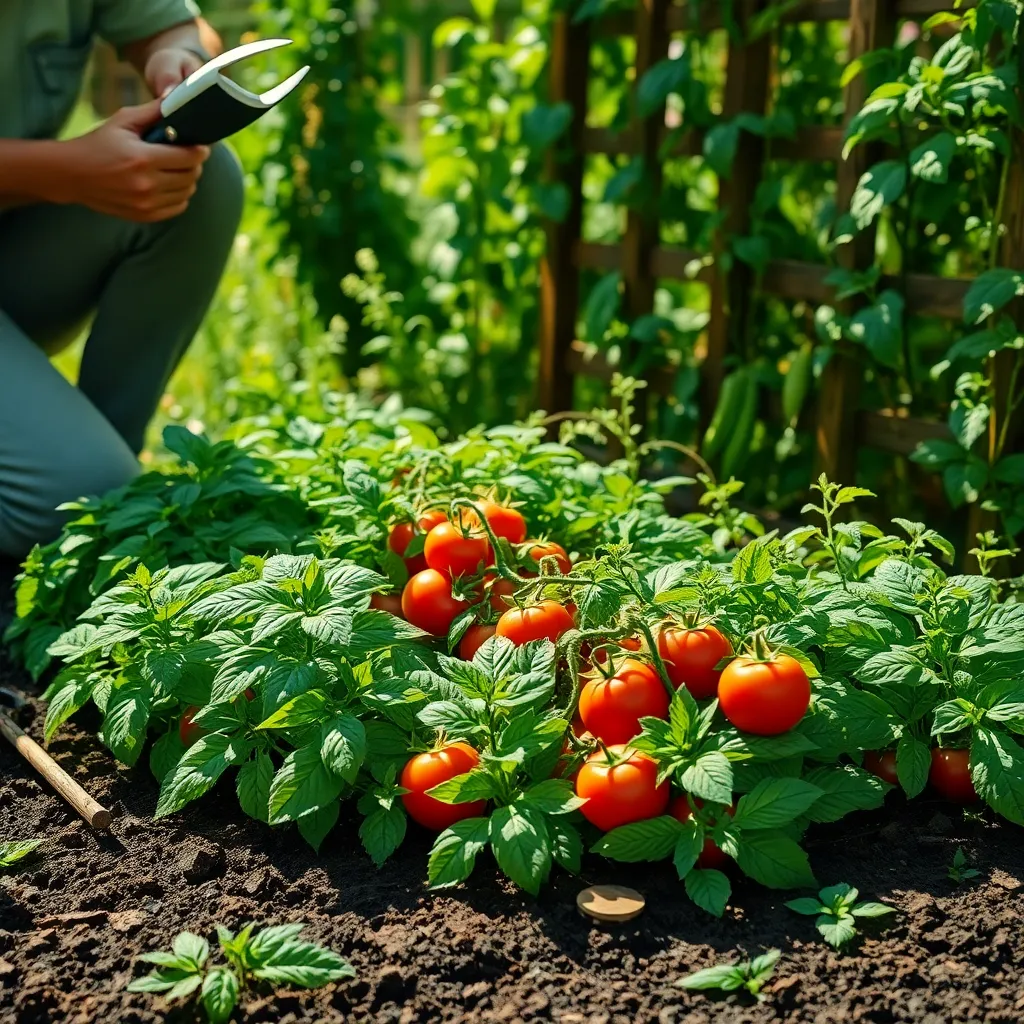
Regularly monitoring plant growth is crucial for successful companion planting. By observing your plants frequently, you can identify potential issues early, such as nutrient deficiencies or pest infestations, which can then be addressed promptly.
It’s important to keep an eye on the growth patterns of your plants to ensure they are thriving together. If one plant is overshadowing another, it might be necessary to prune back some foliage to allow more light and air circulation.
Examine the leaves and stems for any signs of stress or disease, such as discoloration or wilting. Addressing these issues quickly can prevent them from spreading to neighboring plants in your companion planting system.
Watering needs might vary between your companion plants, so adjust your schedule accordingly. For instance, while tomatoes thrive in moist soil, basil prefers a slightly drier environment, so consider using a drip irrigation system to tailor watering to each plant’s requirements.
Adjust Plant Spacing as Needed
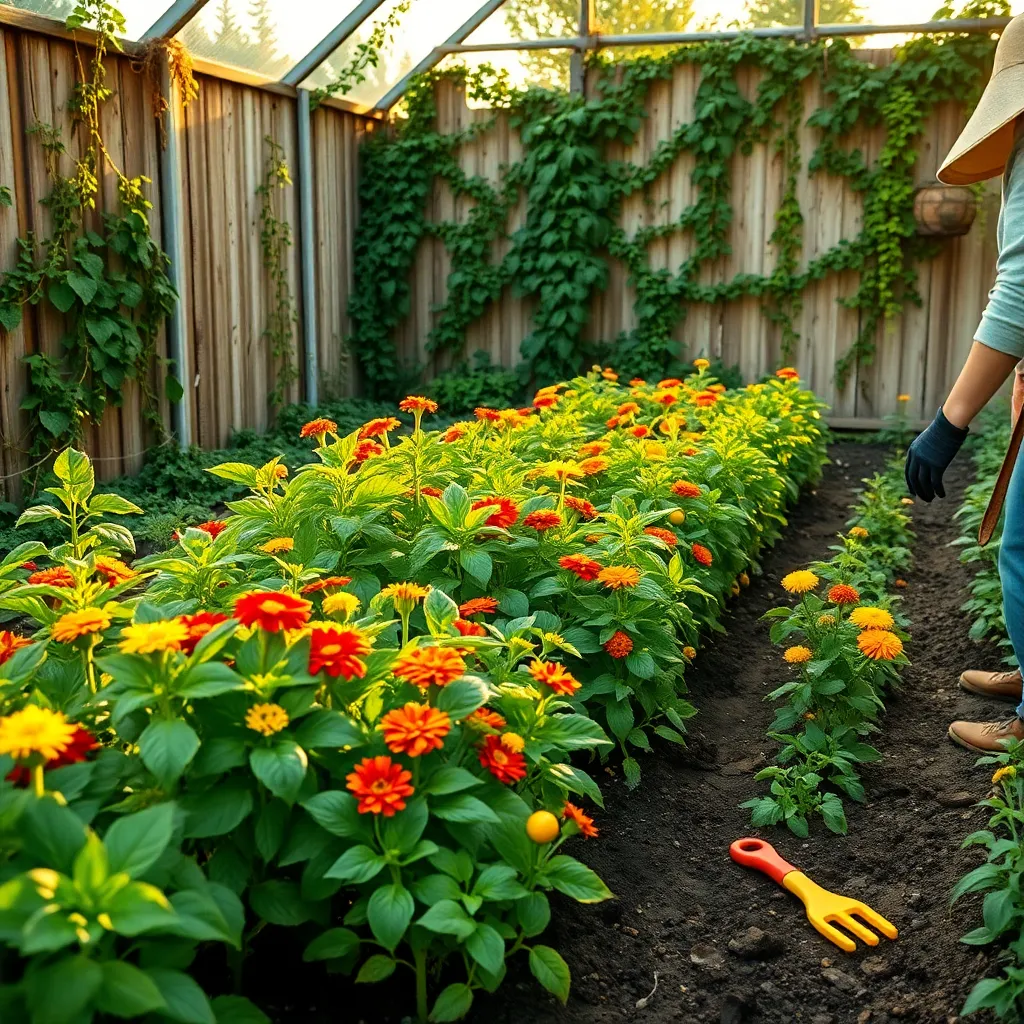
Adjusting plant spacing is crucial for maximizing the benefits of companion planting. Proper spacing allows each plant to access the necessary nutrients, light, and air circulation, thereby reducing the risk of disease and fostering optimal growth.
Start by observing your plants’ growth and health, especially as they mature. If you notice overcrowding, consider thinning out certain plants to improve airflow and reduce competition for resources.
For beginners, a general rule is to maintain at least 12 to 18 inches between most garden vegetables. However, experienced gardeners might adapt spacing based on specific plant pairings, such as placing taller plants like corn next to shorter ones like lettuce to provide shade.
Implementing flexible spacing strategies can enhance your garden’s productivity. For example, if you’re growing root vegetables like carrots, ensure they have enough room to develop underground without obstruction from neighboring plants.
Advanced gardeners can use staggered planting methods to further optimize space. By planting in zig-zag patterns or alternating rows, you can effectively increase your yield and improve plant health.
Regularly check soil conditions and moisture levels to support your adjusted plant spacing. Well-draining, nutrient-rich soil will ensure that even closely spaced plants have the necessary environment to thrive.
Conclusion: Growing Success with These Plants
In “How to Use Companion Planting for Better Yields,” we explored five key relationship concepts that can transform your garden into a thriving ecosystem. First, we discussed the importance of diversity, emphasizing how planting a variety of crops can enhance growth and resilience. Second, we highlighted the need for mutual support among plants, demonstrating how certain pairings, like tomatoes and basil, can improve flavor and health. Third, we considered the role of balance, ensuring that each plant has space and resources to flourish. Fourth, we examined how understanding natural cycles, such as planting with the moon phases, can optimize growth. Finally, we delved into proactive planning, encouraging gardeners to design with future harvests in mind.
To put these insights into practice, start by pairing plants that naturally benefit one another in your garden. This simple step can lead to healthier crops and better yields. As you embark on this journey, bookmark this article as a valuable guide to revisit and refine your approach.
Remember, successful relationships—whether in gardening or life—thrive on thoughtful planning and nurturing. With these strategies, you are well-equipped to cultivate a garden that not only flourishes today but continues to yield bountiful results in seasons to come. Save this article now, and let it be your companion in creating a harmonious and productive growing environment.

